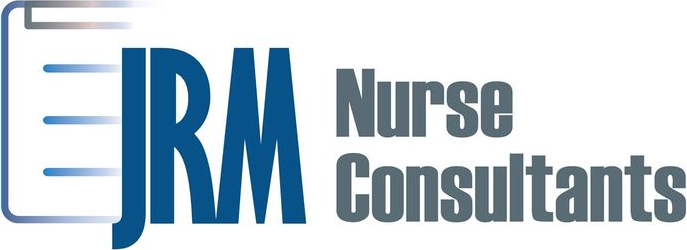In today’s world if there is an employer that values their staff and gives them the encouragement, tuition reimbursement and educational leave to complete schoolwork, that is a great thing. It is not often that employers will allow tuition reimbursement let alone time off to do internships or flex schedules.
I used to work at a large corporate insurance carrier. They offered tuition reimbursement, however each department director had the ability to accept or decline the area of study that the student was taking. There were nurses that had their MSN in our department and requested tuition reimbursement for their ARNP and it was denied. We had ARNP’s at our company, but in a different department. The rationale for the denial that one nurse received was that this was not an area of study that they wished to approve. The director indicated that there was not an immediate need in our department for an ARNP. The nurse was crushed as the policy on tuition reimbursement clearly states that as long as the area of study pertains to your job, it should be approved, however at your director’s discretion. This very same nurse would take every Friday off to do her clinical practice and did not take any other vacation days or sick days to ensure that she was able to do this. I approved this for her so that she can get her school work done. My director at the time asked why I would approve such a schedule, I explained that due to her clinical practice she needed to be off to fulfill her practice. I knew when this nurse was going to graduate so I made sure that I approved her time off for the entire year. Do you know that my Director stated that in the future these requests could not be granted.
In the book Critical Thinking Tactics for Nurses, there is a section that speaks about comments and behaviors that promote or squelch critical thinking. As I read through some of those that squelch, critical thinking, they resonate in my mind, “ that’s the wrong way to do that, just do it this way, don’t you know that and you should know that ” (Rubenfeld & Schaeffer, 2014, p. 91-92).
When I hear about a place of work, that gives their employees a reason to stay and better themselves, it is enlightening. I have always believed that the face of a company is every single employee that answers a call, makes a visit and does anything for the company, no matter what position they hold. Therefore, if an employer invests time and money in that employee, they will grow and continue to make themselves and their employer successful. This in turn will create job security because people will want to do business with happy employees.
References
Rubenfeld, M. G., & Schaeffer, B. (2014). Critical Thinking Tactics for Nursing Achieving the IOM Competencies (3rd ed.). [P2BS-11]. http://dx.doi.org/
Follow Rosie Moore https://www.facebook.com/rosiesnursecorner/














